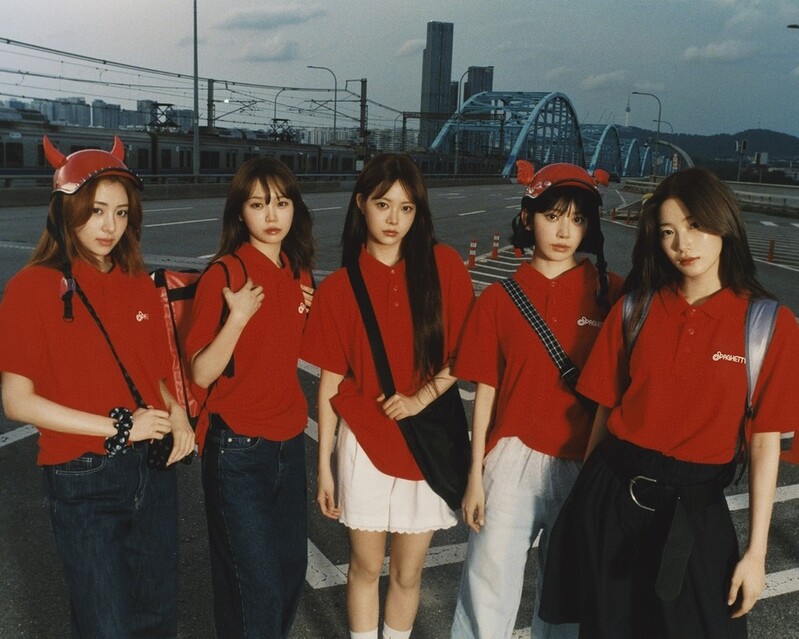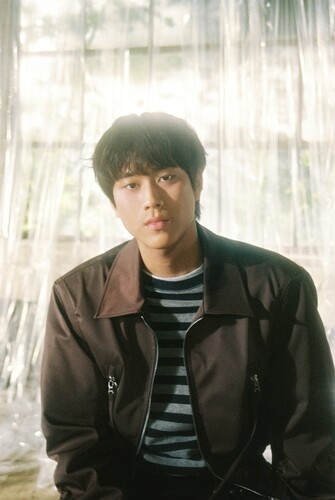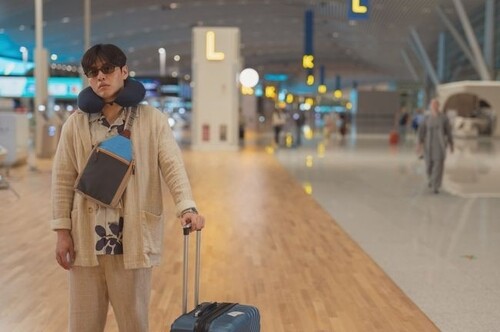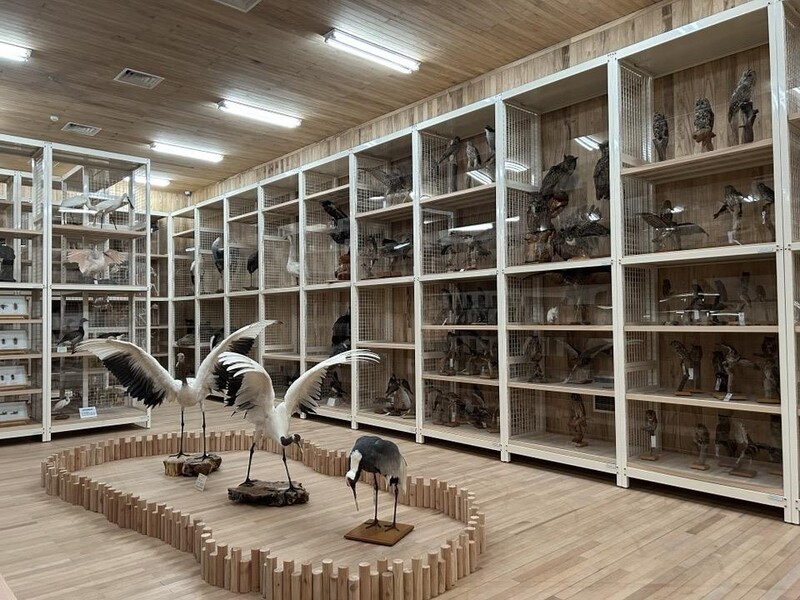 |
| ▲ This photo shows the inside of the vault in Daejeon Natural Monument Center of National Research Institute of Cultural Heritage. Various stuffed animal specimens are stored. (Yonhap) |
 |
| ▲ This photo shows an eagle stuffed with two wings wide opened. (Yonhap) |
 |
| ▲ This photo shows the 'Golden Bat,' a natural monumnet. (Yonhap) |
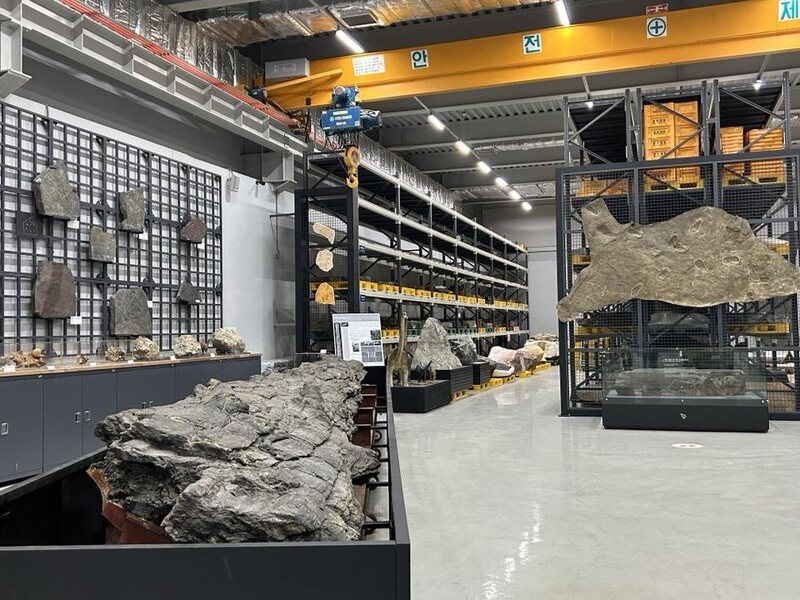 |
| ▲ This photo shows the largest tree fossil in Korea. (Yonhap) |
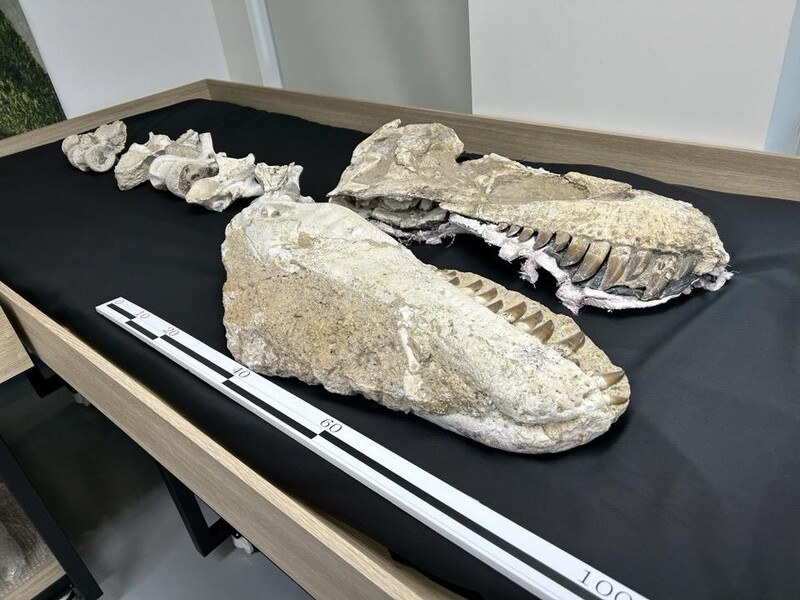 |
| ▲ This photo shows thhe skull of the carnivorous dinosaur 'Tarbosaurus bataar.' (Yonhap) |
 |
| ▲ This photo shows the bones of the large carnivorous dinosaur "Tarbosaurus bataar" in the temporary space on the second floor of the research building of the National Research Institute of Cultural Heritage in Daejeon. You can see that even a part of the body is huge in size. (Yonhap) |
SEOUL, Jan. 29 (Yonhap) - "It's a place where even the same employee can't enter recklessly."
Natural Monument Center of the National Research Institute of Cultural Heritage in Seo-gu, Daejeon. If you turn to the right with the Natural Heritage Exhibition Hall, which shows natural monuments and scenic spots, you will find an unnoticeable door.
When you go inside and write your name and purpose of your visit on the ledger, the academic researcher Lee Sung-kyung, who is in charge, carefully checks it. Even if Lim Jong-deok, head of Natural Heritage Research Laboratory of the Natural Research Institute of Cultural Heritage, who is in charge of the center, visits, the procedure remains unchanged.
Soon, the academic researcher opens another door with the key hanging around her neck, and a new world unfolds. Some of the spaces were divided into the first and second floors, and dozens of birds, animals, and insects filled the space.
The storage of the Natural Monument Center, which we visited earlier this month, was literally a "treasure warehouse."
After entering the storage room, the first thing that caught our eyes was a crane, seems lifelike. Crane is an endangered bird with only about 1,600 remaining worldwide.
Lim said, "All natural monuments here are 'real'," adding, "We receive natural monuments that have died naturally, make stuffed samples, and use them for research, exhibition, and education."
All stuffed animal specimens that seem lifelike were produced by cultural property repair technicians.
Oh Jung-woo, a researcher at the Natural Heritage Research Laboratory, is in charge of producing and managing animal samples at the National Research Institute of Cultural Heritage for the second generation after his father. It is the storage where you can see the efforts of the father and son taxidermists.
Each animal specimen is different in appearance.
The eagle, which stands out for its dark brown fur, has two wide wings, but the spotted seal sits quietly on the rock. Even the same owls do not seem to have the same head or wing movements.
Kang Jeong-hoon, a scholar of animal behavior and ecology, laughed, saying, "In the past, stuffed specimens were made in the so-called 'attention' posture, but these days, they are made in the posture that can best show the characteristics of each animal."
Like the word "treasure warehouse," there are many samples that were not easily seen in the storage.
The buprestid is a representative example. The 11 buprestids, which were also used for decorations of Tujo (cutting part of metal plates) in the Silla Dynasty due to their beautiful wings, are emitting a brilliant green light over the glass.
Another important data is the "Golden Bat," which says that Lee Sung-kyung, an academic researcher, had been looking for excrement for almost three years.
The red bat (Korean orange whiskered bat), which is mainly found only in abandoned mines, is better known as the "golden bat." These relatively small bats show off their presence by hanging or spreading their wings wide.
The longevity callipogon relictus sample, which employees call "celebrities of the longhorn beetle," is 10.8 centimeters long.
This is the 17th year since the center opened in 2007. In fact, the storage area is already saturated.
The display case filled one wall was full of various animal stuffed, making it difficult to find an empty place. In one space where the stuffed owl specimens were stored, more than 20 animals were piled up, including the upper and lower floors.
There are about 4,700 samples currently stored in the storage room. It is also said that there is no room for refrigerators that store waste bodies before the stuffed work.
Researcher Kang Jung-hoon said, "We installed an exhibition display case in 2017 due to a lack of space in the storage room, but it is not enough," adding, "We feel a sense of frustration that rare samples are not donated more actively due to spatial limitations."
The situation in the geological sample management building, which stores various fossils and geological heritage in the Natural Monument Center, is not much different.
Geological sample management building, a different building from the storage, is filled with various dinosaur footprint fossils and bone fossils, including the "Pohang Geumgwang-ri Cenozoic Tree Fossil," which was recently designated as a natural monument.
The Pohang tree fossil is 10.2m high, the largest among tree fossils found in Korea.
Although the preservation work has been completed, it is not easy to move to the exhibition hall right next to it because it is so large. Various rock and footprint fossil samples that occupy the wall also occupy a lot of space, but they cannot move easily.
It is also frustrating that the bones of "Tarbosaurus bataar" are located in a temporary space. Like this fossil, skeletal fossils with almost perfect whole body, including the skull, are very rare and valuable.
Tarbosaurus bataar, a large carnivorous dinosaur with a body length of 10 to 12 meters, is well known as the main character of the animation "The Dino King: Speckles the Tarbosaurus" released in 2012.
Currently, the skeleton fossil in the temporary space on the second floor of the research building is owned by Mongolia.
The fossil was confirmed to have been illegally brought into Korea, and the Korean investigative authorities returned it to Mongolia in 2017. Currently, it is stored in the institute in a long-term lease method and is undergoing joint research and preservation treatment with Mongolia.
Lim said, "We have to steadily secure and donate rare natural heritage samples, but it is already saturated," adding, "It is urgent to build a national team-level head facility specialized for each type of natural heritage and function."
(This article is translated from Korean to English by Yunhee Cho.)
(END)
(C) Yonhap News Agency. All Rights Reserved







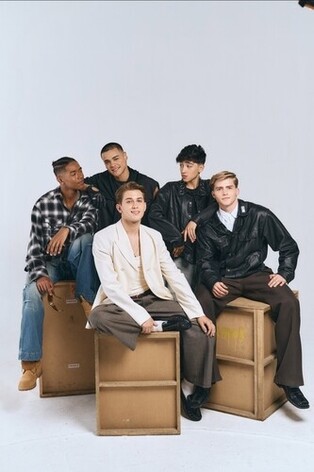



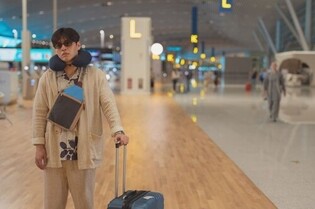

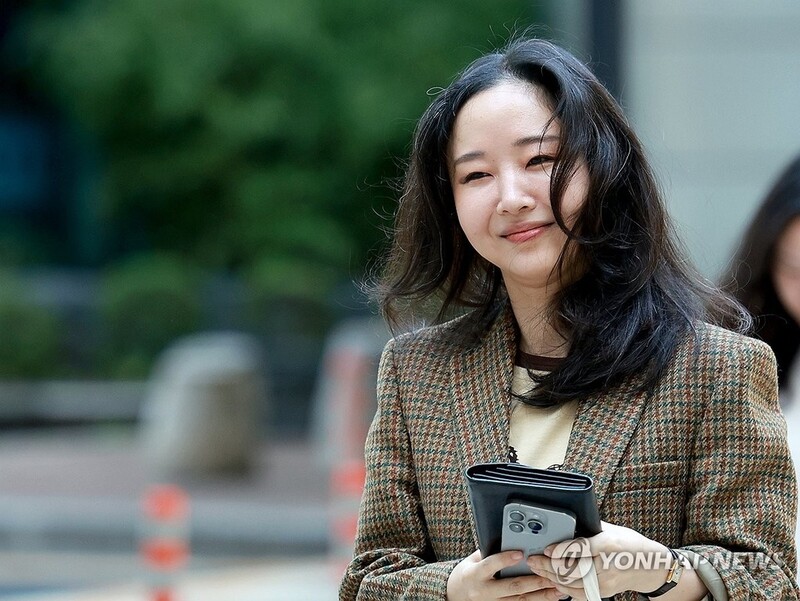
![[방송 소식] MBC 대학가요제 13년 만에 부활…26일 방송](https://korean-vibe.com/news/data/20251024/yna1065624915904676_716_thum.jpg)
![[신간] 레넌과 매카트니는 경쟁자였을까…'존 앤드 폴'](https://korean-vibe.com/news/data/20251024/yna1065624915904305_293.jpg)
